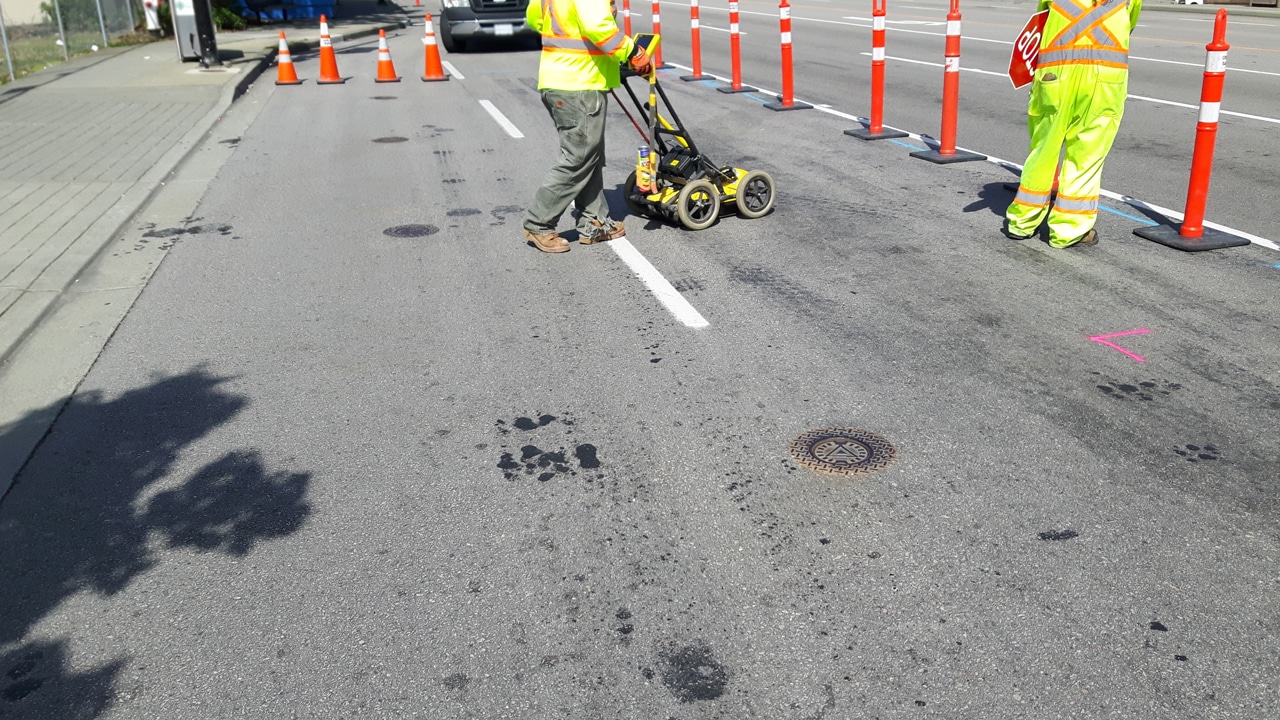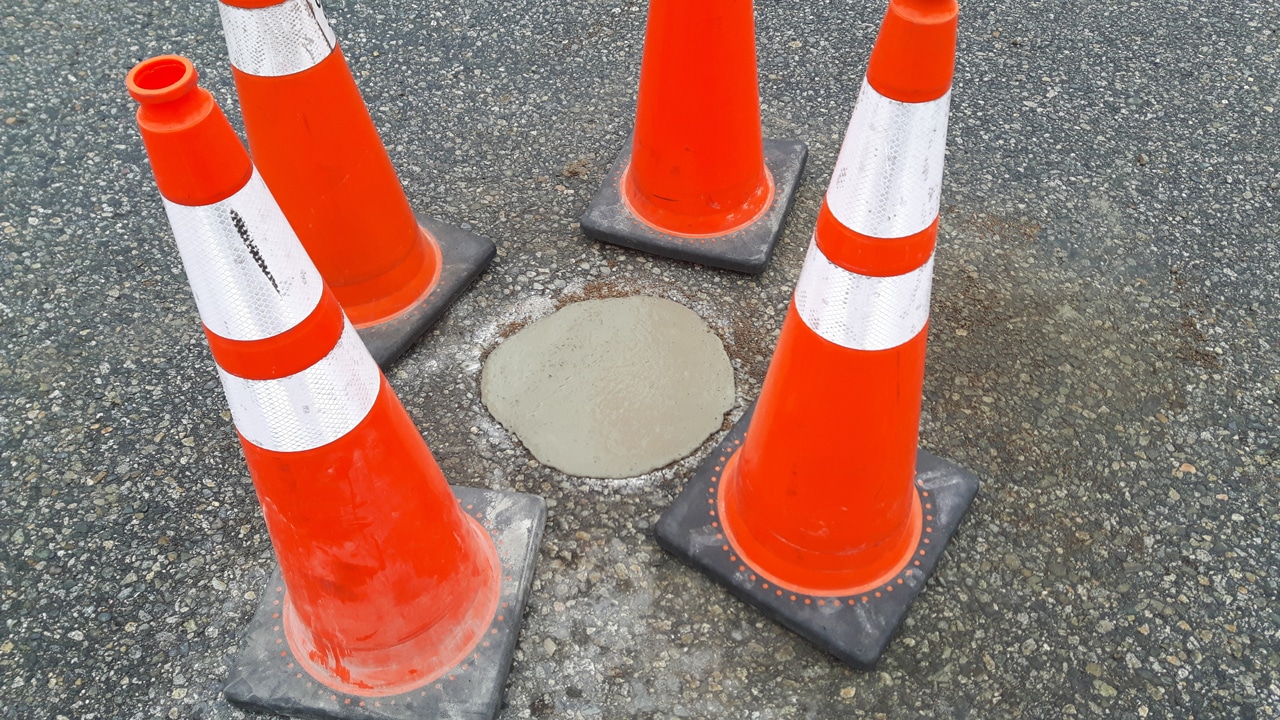Utility locating not only requires years of experience, but you also need the right tools or equipment to do it successfully. This is true whether you’re a beginner or a veteran searching for utility locations before you dig.
While you’ll probably hire professional utility locators to unearth buried utilities for you, it’s still worth learning about the tools they commonly use to detect utility lines. That’s why we’ve broken down the three basic types of utility locating equipment below!
To truly understand what happens during utility location, take the time to read about magnetic locators, pipe locators, and cable locators that utility companies use.
1. Magnetic Locators
Locating a single point, such as a rebar corner pin or a water pipe, is the primary function of a magnetic locator. Its name refers to its ability to detect objects in underground facilities that would attract magnets.
A magnetic locator is sensitive enough to find even a single ferrous object like steel property pins, manhole lids, and water or gas valves. However, magnetic locators are not recommended for locating underground utilities; rather, a pipe and cable locator should be used for this purpose.
2. Pipe Locators
During utility location, detecting buried pipelines can be a real headache when you don’t have a pipe locator. This nifty tool locates pipes by emitting an electromagnetic frequency that travels through the earth.
That frequency would then ricochet off of any pipelines or similar materials that might be buried underneath. The device is usually attached to the main water valve or hydrant and is used to trace water lines before digging or excavation begins.
3. Cable Locators
Similar to a pipe locator in terms of function, a cable locator is a utility device used to pinpoint the exact location of underground cables or signal lines before you dig.
To estimate the location of subsurface lines and cables, the device also emits electromagnetic frequencies. Most cable locators can be utilized for both direct-connect or inductive-coupling approaches.
Frequently Asked Questions
Is there anything about utility locating services that you don’t understand yet? Just in case, we took the time to answer some questions that you may have. Check them out below:
What is underground utility line locating?
This is the process of finding and marking the locations of underground public or private utilities.
How much is private utility locating?
It depends on how large or complex the location is. Private homeowners may pay a few hundred dollars. For larger facilities, though, the costs might reach thousands of dollars.
What is Ground Penetrating Radar?
GPR equipment is used to search for objects under surfaces like concrete and asphalt through the use of radio waves. It’s preferred by many as it’s a non-destructive method.
Get Professional Services For Locating Underground Utilities
With years of experience and state-of-the-art technology, you can rely on Util-Locate for your utility locating and mapping needs.
Learn how we can help you when you email us at info@util-locate.com or contact us at (714) 492-1380 today!


